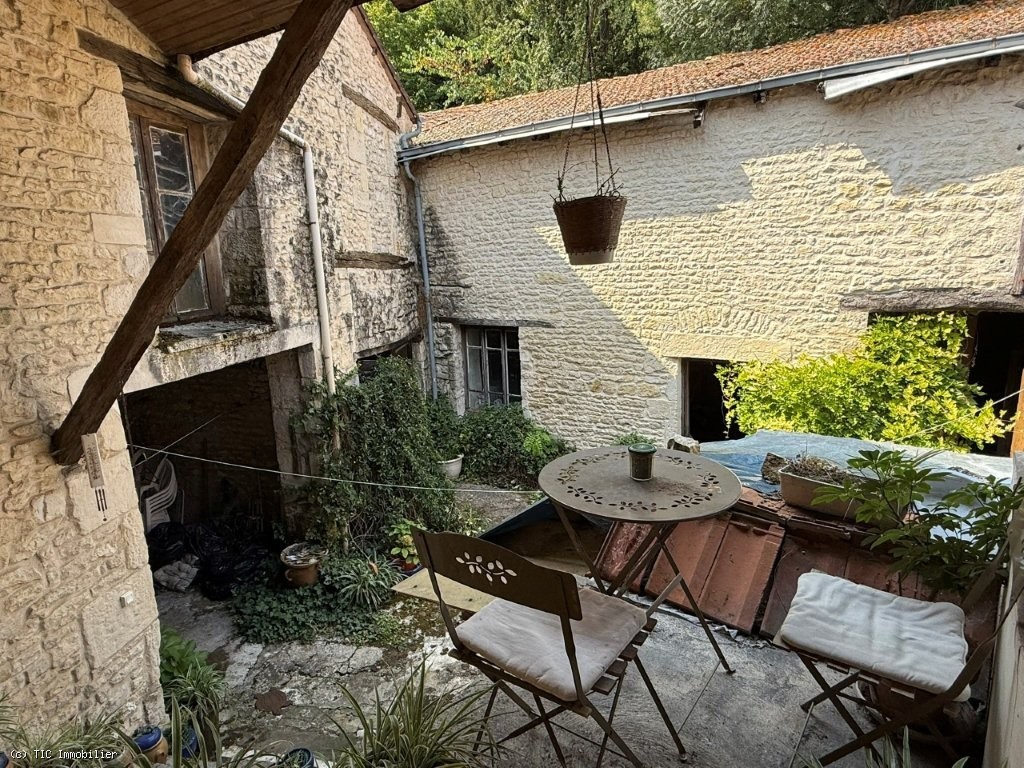6th January : The Galette Des Rois, A Very French Tradition
The galette des rois is a cake traditionally shared at Epiphany, on 6 January. It celebrates the arrival of the Three Wise Men in Bethlehem.
Composed of a puff pastry cake, with a small charm, the fève, hidden inside, it is usually filled with frangipane, a cream made from sweet almonds, butter, eggs and sugar. But more gourmet versions are available for us to enjoy, with chocolate, apple or
candied fruits. Every year, the leading French pâtissiers offer exclusive creations for the tradition of crowning the one who finds the fève.
The season of the galette des rois begins on Twelfth Night and ends on Shrove Tuesday. Celebrated on 6 January, Epiphany corresponds to the moment when the baby Jesus is presented to the Three Wise Men, Melchior, Caspar and Balthazar, who have arrived from the three continents, Asia, Africa and Europe, to give their gifts. Like many Christian festivals, the date of Epiphany corresponds to what was originally a pagan festival. In the past, the Romans celebrated Saturnalia, the festival of the winter solstice, at which a king or queen was chosen for one day, by means of a white or black bean hidden in a cake.
The galette is not the exclusive preserve of the top names. You will find them in every bakery in France. Craftsmen make them with acknowledged skill, to the greatest pleasure of the sweet-toothed.
Every year, during the traditional reception at the Elysée Palace, an enormous galette (measuring 1.2 m across for 150 people) is made for the President of the French Republic. But the artisan baker and pastry chef responsible for making it is instructed not to put a fève in the cake because "it would not be appropriate to find a king in the presidential palace of the Republic".











